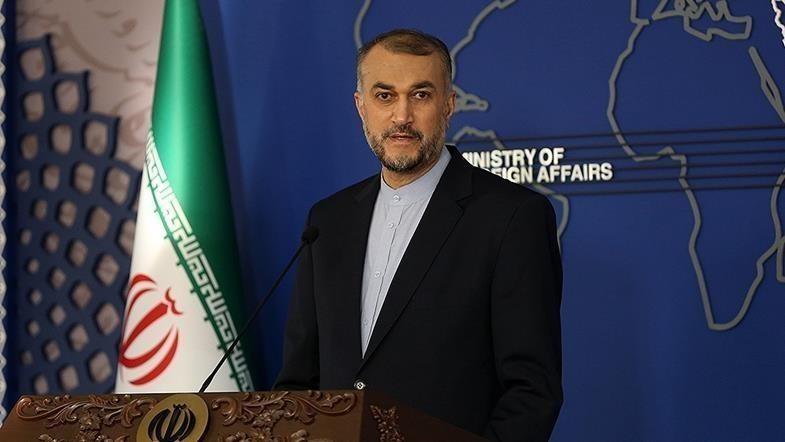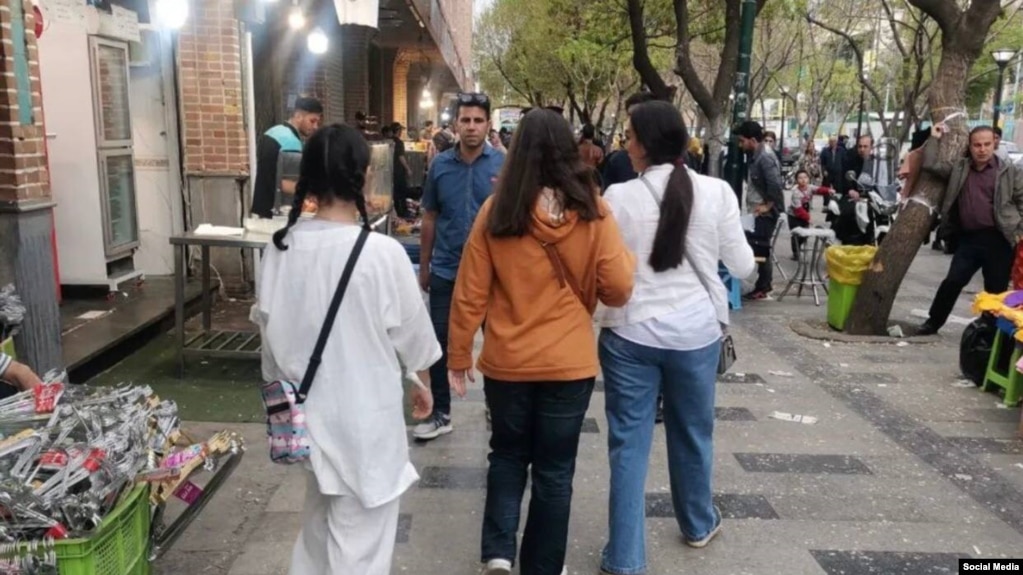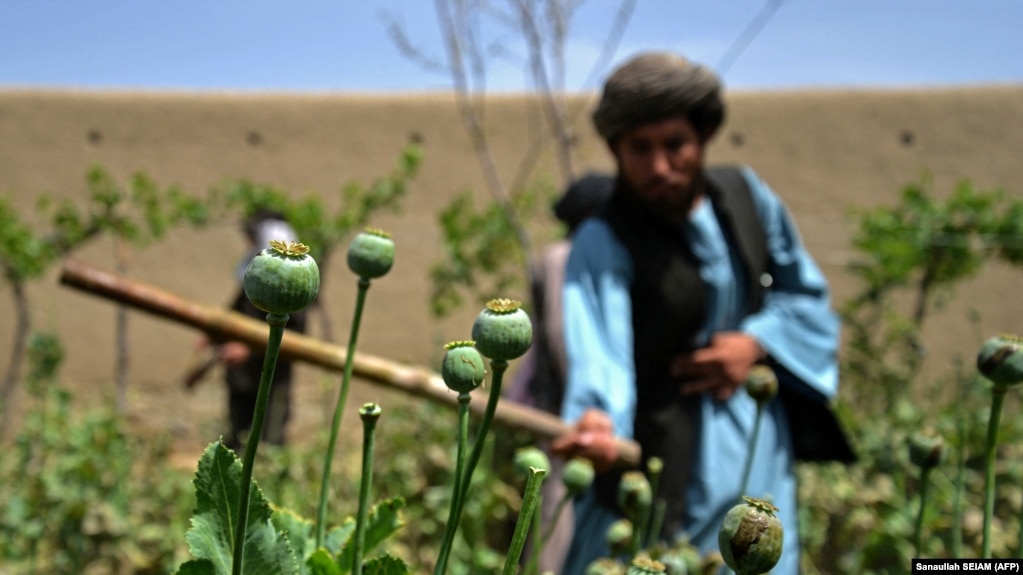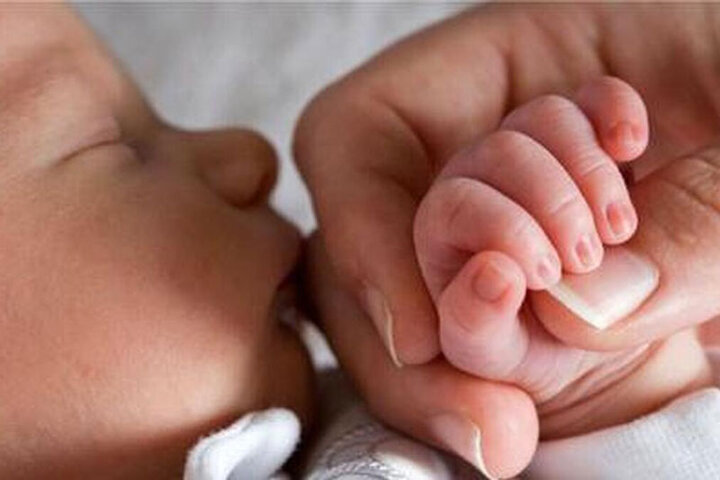
Loss Incurred Due to Migration of Economic Elites
The editorial of Eskenas maintains that the mass migration of economic actors has irreparably damaged Iran’s economy.
Development and economic prosperity are impossible without foreign investment. And naturally, when Iran does not interact with the world, it cannot expect to have sufficient revenues. Accordingly, Iranian governments, one after the other, turn to plunder the National Development Fund and other assets of the country.
Global companies cannot cooperate with Iran in the field of oil and gas because of the sanctions, while domestic companies do not have the potential or the capacity for producing goods at the level of global markets. Under these circumstances, Iran has to sign unprofitable contracts with China and Russia for selling raw materials to them. The other issue is that because of the restrictions on financial transactions, countries will not trade with Iran.
Other countries use their capacities and attractions for increasing tourism. In Iran, too, the minister of tourism stated that access to the internet must be free so that tourists who come to Iran do not regret doing so. But certain groups in Iran think that it is necessary to impose censorship and restrictions, so they are after increasing the filtering of the internet. While Iran is one of the most attractive places for tourists, doubling down on restrictions on the internet makes tourists think twice before going to Iran.
The other issue is that many economic actors have left the country due to the economic disarray which exists. The mass migration of experts, scientists and economic actors must be considered as much worse than the money ($100 billion) withdrawn from the National Development Fund by successive governments. The migration of scientists and researchers to Canada, the United States, Europe, Australia, Malaysia, Turkey and the UAE has irreparably harmed the country.
As these circumstances show, Iran must recalibrate its relations with the world in order to access global markets. Iran must end its disputes with the world once and for all.
Conflicts of Interest Are Destroying the Economy
The editorial of Arman Emrooz analyzes the economic damage caused by officials’ conflicts of interest as a result of which they prioritize personal gains over public interests.
Political economy experts hold that the country’s policymakers should not have personal financial interests which they advance at the expense of the country. They maintain that conflicts of interest create corruption. These experts explain that conflicts of interest are created when officials are able to use their positions to their own advantage, and if they do so, that is called corruption. So, even though conflicts of interest might not necessarily result in corruption, wherever there is a conflict of interest, there is corruption.
Therefore, to prevent and fight corruption, conflicts of interest must be prevented. There has been progress in the country only in places where there have been no conflicts of interest, and flagrant conflicts of interest have always hindered progress.
For instance, in the past two decades, experts have talked of levying taxes on empty houses as a way to prevent them from becoming capital assets in Iran. Multiple governments have proposed draft bills to do so, but these have not been ratified by the Parliament.
In an analytical report, the Iranian Parliament Research Center outlined the damage to Iran’s economy as a result of conflicts of interest – an issue that plays a significant role in the creation of systematic corruption in Iran.
The report revealed that as a result of conflicts of interest, policymakers have given preference to their own interests rather than public interests. Giving policymakers such leeway will pave the way for corruption.
In sum, in so far as there is no plan for countering the conflicts of interest plaguing Iran’s economy, there is no hope for a sound economic system and fighting the roots of corruption.
Surprising Numbers Given by First Vice President Mokhber
The editorial of Jahan Sanat criticizes Iran’s Vice President Mohammad Mokhber for giving unrealistic numbers about the country’s economy.
Mokhber is Iran’s vice president which makes him the second-in-command in the executive branch – a high-ranking position in the political system and in the eyes of the public. Iranian citizens expect that when the vice president speaks and gives information to Iranians and the world, it is factual and does not damage the country’s credibility. It should not result in increasing public skepticism toward the remarks of high-ranking officials.
Unfortunately, Mokhber does not pay attention to these issues and repeats whatever information is given to him. Recently, he said that in 2022, Iran became the 22nd strongest economic power in the world with regard to the purchasing power index and its GDP of $1,600 billion.
This number is far from reality and should have been verified more carefully. To see how far this number is from reality, we should divide $1,600 billion among the 85 million Iranians living in Iran which will result in more than $18,000 of income per capita. If we multiply this number by the price of the dollar which is at 50,000 tomans in the market, each Iranian citizen’s annual income must have been 900 million tomans. Now if we divide that over 12 months, that would be a monthly income of 70 million tomans for each Iranian!
Is that so? Does Mokhber have statistics that show that each Iranian’s income is this surprising number? If so, why do Iranians feel so hopeless? How come a senior official said that 20 million Iranians are deprived of life’s basic necessities? A worker’s annual income is close to $3,000 per year which is far from the figure declared by the first vice president.
The Silence of Clerics
The editorial of Etemad, penned by “reformist” Abbas Abdi, urges that clerics must not remain silent when their peers promote superstitions and attribute bizarre stories to Shiite imams and religious figures.
In recent centuries, the creation of unions stands out as a remarkable social achievement. Each union has certain regulations for those who want to join it and there is an oversight committee to monitor the activities of each member.
One of the interesting issues in Iranian society is the lack of supervision over clerics by their union. Some might say that we cannot call clerics a union, but the fact is that the remarks made by clerics – whether good or bad – are extended to others, particularly when they talk about religious issues.
A cleric might do something wrong which cannot naturally be credited to all. But when a cleric says something on behalf of God, the Prophet or the Shiite imams which is against reason and rationality and other clerics do not voice their objection, then it will be attributed to all clerics. So they must absolve themselves from such irrational remarks. Some might say that there is a special court for clerics, but in practice, no measure is taken against them and therefore such remarks only promote superstitions.
On the other hand, clerics are vocal in cases where new ideas and innovative positions are expressed by others – clerics or non-clerics – and they immediately and strongly react to those thoughts and ideas. But they keep silent when superstitions and reactionary lies are spread by some of their own peers. As a result, their silence is interpreted as tacit support for what was said.
In the past, there were those who intentionally or unintentionally attributed bizarre stories to Shiite imams, but these cases were few in number and no one dared to say such nonsense among educated people.
But with the emergence of social media, such words and remarks go viral, and one can even hear these bizarre stories on Iran’s state-run television, making people laugh at those who recount them.
Such remarks have led people to turn away from religion in Iran. Now, clerics’ silence in this regard is much more harmful than the remarks themselves. People, particularly youths, turn away from religion because of such irrational mind-boggling remarks and this is largely to be blamed on clerics themselves.

Iranian Foreign Minister: Iran’s Consulates Operational in Saudi Arabia

Iran’s Foreign Minister Hossein Amir-Abdollahian announced that Iran’s consulates in Saudi Arabia have commenced operations in the cities of Jeddah, Makkah and Medina.
In his meeting with Iranian officials in charge of the Hajj pilgrimage, he said that Iran’s Foreign Ministry has expedited the process for Hajj and the pilgrims going to Saudi Arabia, which is why Iran’s consulates have become active in Jeddah, Makkah and Medina.
It should be noted that last week Iranian media outlets announced the appointment of Alireza Enayati as Iran’s ambassador to Saudi Arabia.
On a different note, the head of Qeshm International Airport stated that after the necessary consultations, a direct flight from Qeshm to Jeddah will become operational for the first time taking pilgrims to Saudi Arabia from Qeshm’s airport.
He added that the flight will take two groups of Iranian pilgrims directly from the southern island of Qeshm to Jeddah.
Meanwhile, Iran’s Chamber of Commerce has issued a report about trade between Iran and Saudi Arabia, urging that Iran must develop a roadmap for taking maximum advantage of the situation.
The report strongly recommends the formation of a committee consisting of economic bureaucrats and supervised by high-ranking economic officials to formulate a roadmap within a definite time frame.
Under the current circumstances, the report underscores that the private sector needs an accurate firsthand assessment of the trade potential and economic cooperation with Saudi Arabia and the challenges ahead. No such assessment currently exists and basically some general ideas are proposed.
Among the goals of Saudi Arabia’s Vision 2030 is to become the logistical hub for Africa, Europe and Asia. Saudi Arabia can be the proper path for Iran to access Africa. On the other hand, Iran, through the International North-South Transport Corridor, can be an optimal route for Saudi Arabia to access Central Asian economies and Russian markets. As such, both countries have common logistical interests.
Khamenei’s Representative Compares Women’s Rejection of Obligatory Hijab to Berlin Wall’s Fall

The Iranian authorities have started to acknowledge the government’s inability to stop the massive wave of civil disobedience by women all over the country. Obligatory hijab – or in the words of top officials “our first and foremost bulwark” – has patently and more than ever become the government’s Achilles’ heel.
Women in Iran have demonstrated such solidarity in disobeying the so-called rule of the hijab in public that even the supreme leader’s representative has no choice but to compare what is happening in the country today to a pivotal moment in European history: the fall of the Berlin Wall.
Following the introduction of the “Chastity and Hijab” bill in the Iranian Parliament, Khamenei’s representative in Alborz Province said the bill is insufficient to prevent women from removing their veils. “Given the enemies’ plots, this bill cannot hinder the falling of the Berlin Wall,” said Mohammad Mehdi Hosseini Hamedani.
In the same vein, the secretary of the country’s Public Culture Council acknowledged that the number of unveiled women in public is too large for the government to be able to confront them. Majid Emami stated that there is approximately “15% to 20% unveiling” only in Tehran, adding that the government cannot arrest “5,000 women” each day and “criminalize” them.
Moreover, Secretary of the Supreme Council of the Cultural Revolution Abdolhossein Khosropanah had previously confirmed the government’s desperation in this regard, “Unveiling is a crime and women without obligatory hijab should be arrested, but due to the high number of such women, it is impossible to arrest them.”
The Parliament’s new bill on hijab – drafted by the judiciary – has been criticized by some authorities for not considering “improper hijab and unveiling” a crime but “merely a misdemeanor.”
The bill equates not wearing a veil to “being naked,” saying “in case of the nakedness of a part of the body or wearing light, transparent or tight clothes in public or cyberspace,” the “violator” must pay a fine between 2 million to 24 million tomans and will be denied social rights.
Former Lawmaker Accuses Iranian Officials of Fearing Taliban Amid Escalation of Water Tensions, Border Clashes

Former Chairman of the Parliament’s National Security and Foreign Policy Commission Heshmatollah Falahatpisheh accused Iran’s foreign policymakers of being “afraid” of the Taliban, adding that Iran’s water share from the Helmand River is used for planting “opium poppies.”
Falahatpisheh stated in an interview with Rouydad 24 website that foreign policymakers in Iran are very scared of the Taliban, which has manifested in the country’s stance toward Afghanistan.
He added that because of the fear of the Taliban, Iran has taken measures like giving Afghanistan’s embassy in Tehran to the Taliban – an act that was not “worthy of us.”
Falahatpisheh considered the Taliban a serious threat to the Iranian government, adding that if Iran does not settle its issues with other countries, the Taliban might become the central threat against Iran.
In recent weeks, there have been increasing tensions between the Iranian government and the Taliban over Iran’s water share from the Helmand River, and after Iranian President Ebrahim Raisi issued a warning about it, the Iranian embassy in Kabul issued a one-month deadline in this regard.
According to a 1973 deal, Afghanistan must give 850 million cubic meters of water from the Helmand River to Iran, but Afghanistan has not fulfilled its obligations in recent years which has created a serious challenge between the two countries.
On Saturday, May 27, after the release of footage of clashes between the Taliban’s military forces and Iranian border guards, Iran’s media outlets confirmed the exchange of fire between the two countries.
In these clashes, the Taliban confirmed the death of a member of its forces, while Iranian media outlets announced the deaths of two Iranian border guards.
Since 2020, at least 50 Iranian soldiers have been killed in Iran’s border regions.
35% Drop in Fertility Rate in the Past Seven Years

An Iranian health and family expert pointed to the 35% drop in the fertility rate in Iran, warning that in the next three decades, Iran will have one of the oldest populations in the world. Head of the Health of Population and Family Think Tank Khalil Ali-Mohammadzadeh urged that the opportunity for population growth that exists for the next 20 years must be maximally used for creating a leap in development.
He also referred to the low rate of marriage and reproduction in Iran and the change in traditional family patterns which have resulted in the promotion of certain unhealthy, non-Iranian lifestyles, highlighting that in the past 12 years, there has been a 40% drop in the marriage rate while in the past seven years, there has been a 35% decrease in the fertility rate.
Mohammadzadeh went on to say that if the aging population trend continues, Iran will have one of the oldest populations in the world in the next three decades.
Emphasizing that by 2050, one-sixth of the world population will be over the age of 65, he stated that after that the opportunity for population growth will close in Iran and the rate of Iran’s aging population will be higher than the world average.
Mohammadzadeh pointed out that many developed countries have increased the age of retirement to address the challenges posed by an aging population and the drop in the fertility rate, adding that studies show that a 1% increase in the population age in society means a 2.17% drop in the country’s GDP.
He maintained that the most important challenges in Iran include changes in the structure of the population age, the aging population, the low fertility rate, the increase in regional and international migration, the delay marriage and the increased divorce rate.
